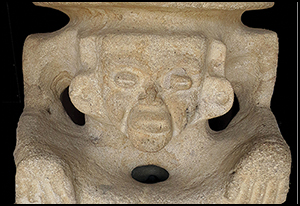Article contents
Development of an early city in Central Mexico: the Tlalancaleca Archaeological Project
Published online by Cambridge University Press: 04 April 2017
Abstract

The origins of the large Classic and Postclassic urban centres of Central Mexico remain poorly understood. Archaeological investigations at the Formative site of Tlalancaleca in Puebla (Mexico) provide the first detailed study of a large-scale urban centre of that period. Preliminary results suggest that the growth and development of this particular site may have influenced the subsequent growth of Teotihuacan itself. This study explores how urbanisation can be identified archaeologically by tracing the expansion of population and the emergence of monumental architecture.
- Type
- Research
- Information
- Copyright
- Copyright © Antiquity Publications Ltd, 2017
References
- 6
- Cited by




